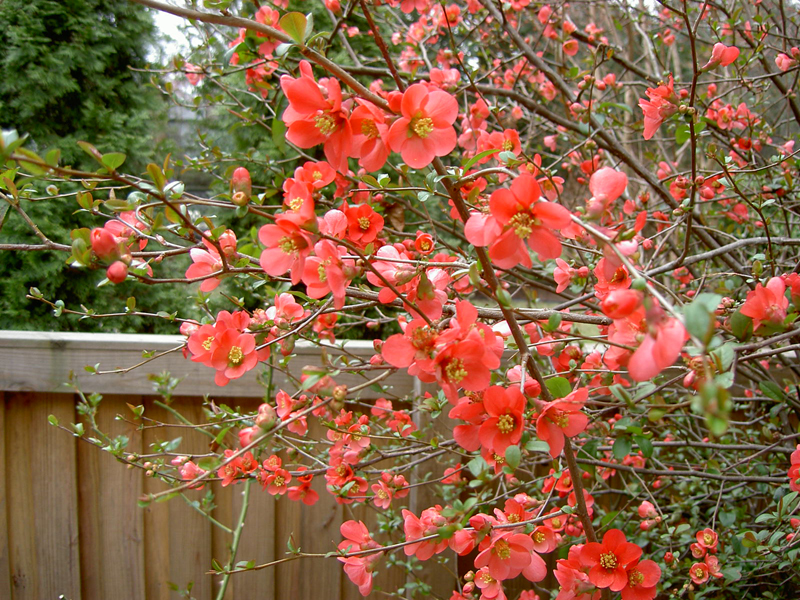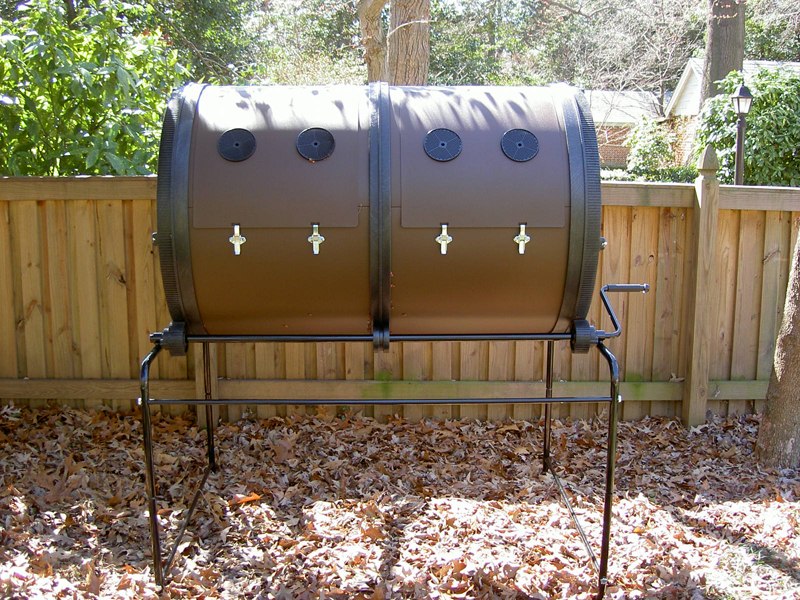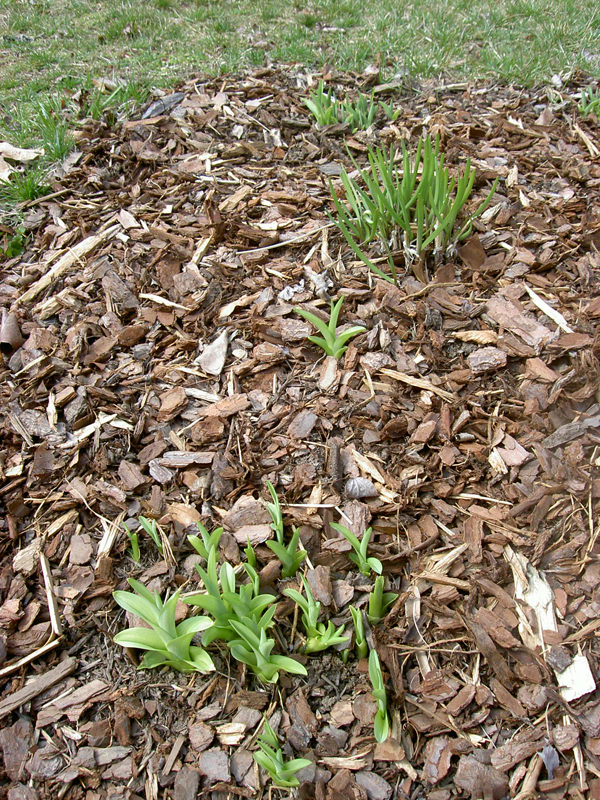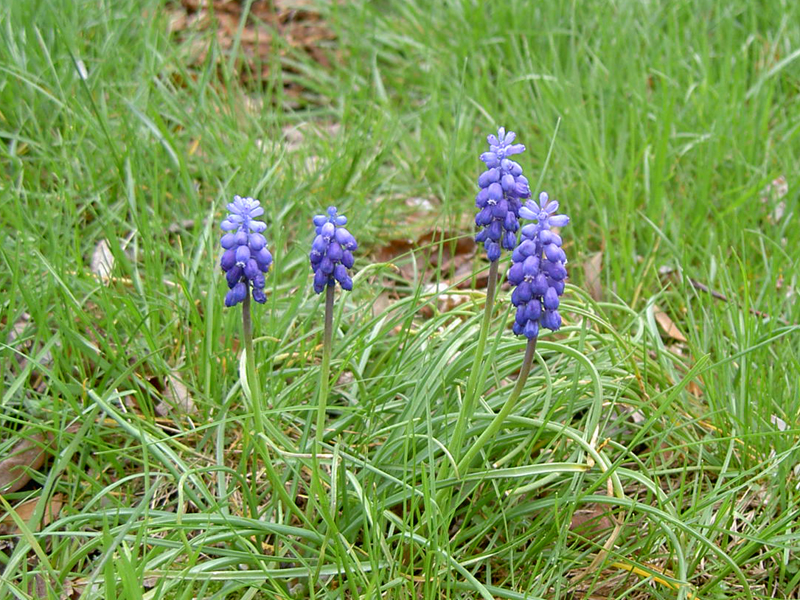
Grape hyacinth in the front lawn.
One of the nicer aspects of restoring order to our neglected yard has been discovering new plants as we weed and mulch parts of the garden that had been completely overgrown by liriope and ivy. I’ve spoken about the appearance of new clumps of bulbs along the side beds, but even the ones I’ve known about are doing better this year. The two grape hyacinths in the front yard have multiplied, putting up four flowers this spring. I love the perky look of them against the grass, and plan to again avoid them with the mower. Looking back over my notes from last year, I see that I recorded their location as ‘just at the border of the grass’ and the bare dirt under the maple. I’m pleased to see that the grass has made inroads into that bare area, as the hyacinths are now a good foot or more into the lawn.
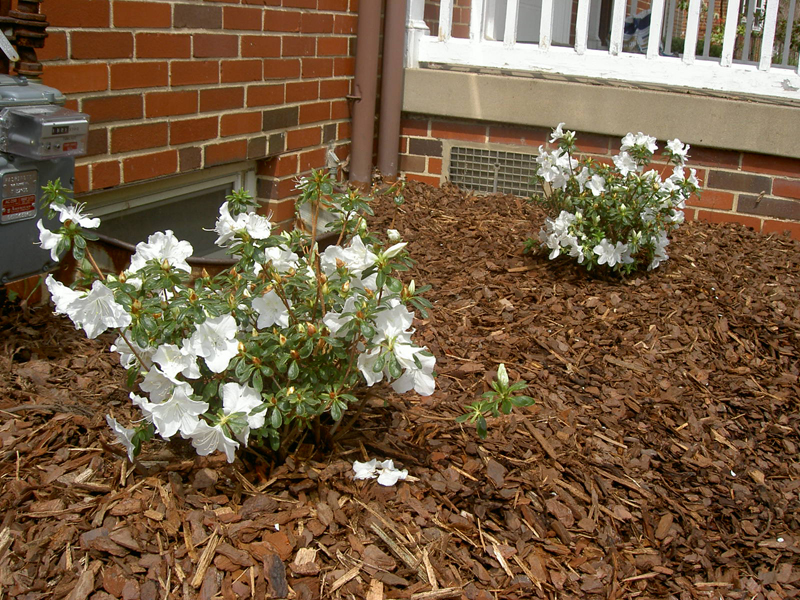
New azaleas in the front foundation bed.
After talking about it for a couple of years, this week was the time for actually clearing out the neglected foundation bed and planting two new azaleas. I considered camellias for some time, but none of the ones I’ve seen in our town have been free of brown frost spots, so I decided that the climate was just a little harsh for them. To keep the front relatively consistent color-wise, I chose white azaleas; the white azalea and pieris in the other foundation bed look nice against the brick. Our neighbor helpfully adopted the two big barberries that had been plunked by the porch — we are thinking of them as burglar deterrents along her back fence — which cleared up the space for planting. I spent a couple of hours loosening the soil and clearing a good lawn bag full of roots from that area and then prepped the whole space with generous additions of humus and peat. Per the instructions I found on the internet, I created two nicely aerated mounds for the plants and then covered the whole area with enough mulch to keep the water from sitting at the foundation. To finish off that bed I added the taller of the woodland phlox varieties I’d picked up at Behnke’s and planted out the lavender near the front step, after adding more peat and mixing some garden lime into the dirt.
I’m satisfied with the outcome and look forward to seeing the shrubs grow and the phlox spread out over the next couple of years. I have more plans for the front of the house, not least of which is to mow the lawn, but they’ll wait a couple of days. I worked to get the bare ground covered before the rain that was anticipated for this weekend, and that included moving a couple of hostas from the backyard to the north side of the house. I’d cleared a strip of liriope from along the foundation there, and once I had the hostas in place I mulched the whole stretch with pine bark chips (my mulch material of choice, as it has some color but doesn’t reek like shredded hardwood mulch). I don’t love hostas, but we have a couple of them in the backyard so I’ll see if they’ll take along the north side of the house. If so, I’ll move the rest and create a narrow foundation bed the length of the house.
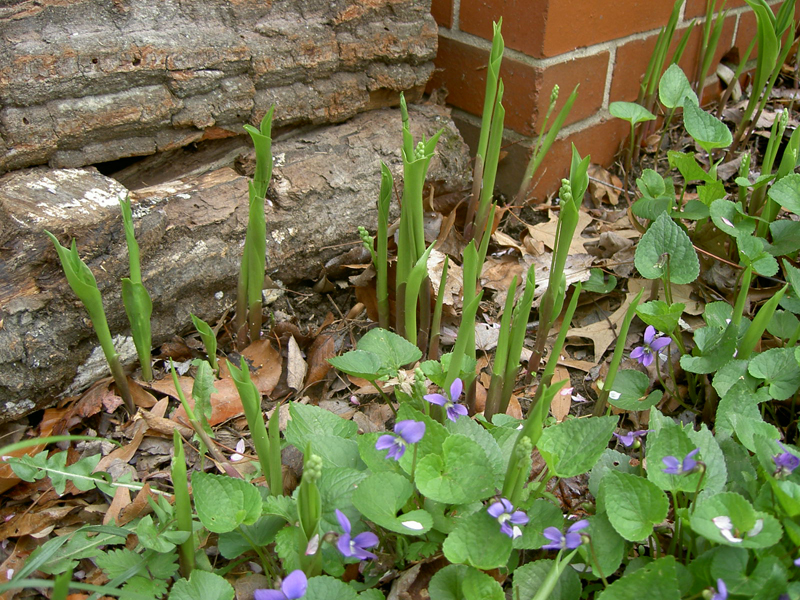
Tenacious lilies-of-the-valley coming up along the back of the house.
I’ve mostly left the back to itself for the time being, relying on the clearing we did last year to hold us while I get the front tidied up. The leaf mulch seems to have been good for the bulbs under the dwarf cherry, as the lilies-of-the-valley are coming up like crazy. My plan is to move them to under the holly tree, on the south fence, and encourage them to spread into a nice ground cover there; this is also my plan for the crested irises I purchased. First, though, that area needs to be cleared of liriope and soil-treated; we — and by ‘we’ I mean my partner and his friend — got the space about half cleared last summer, and I plan to tackle it over the next week. Or so.
Today, though, I’m going to enjoy the fruits of my labor and watch the bees buzz around the new flowers.





